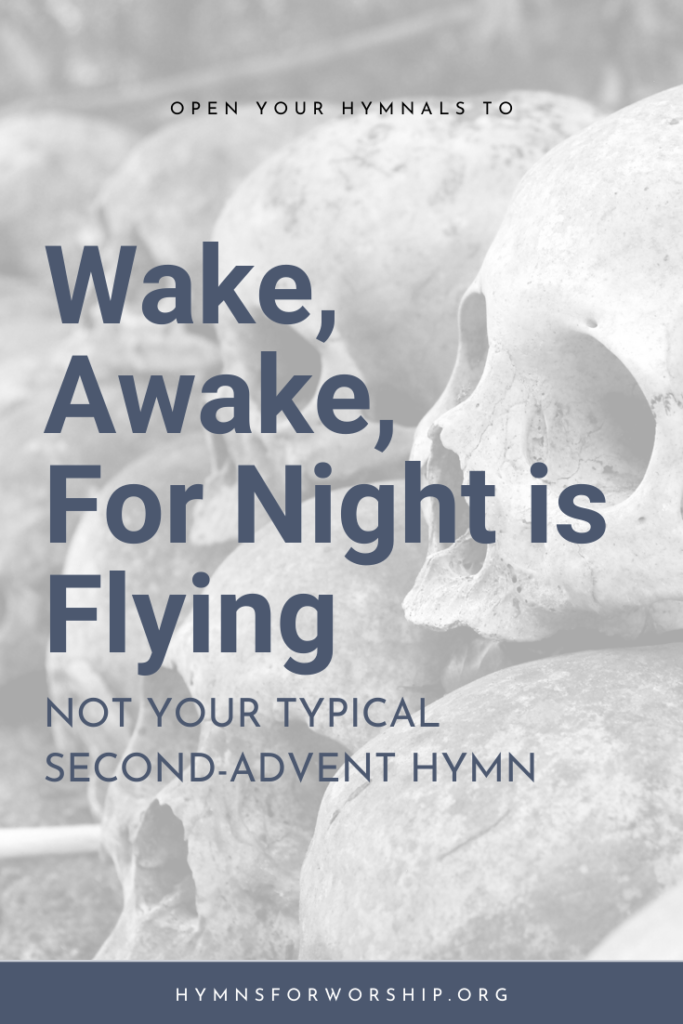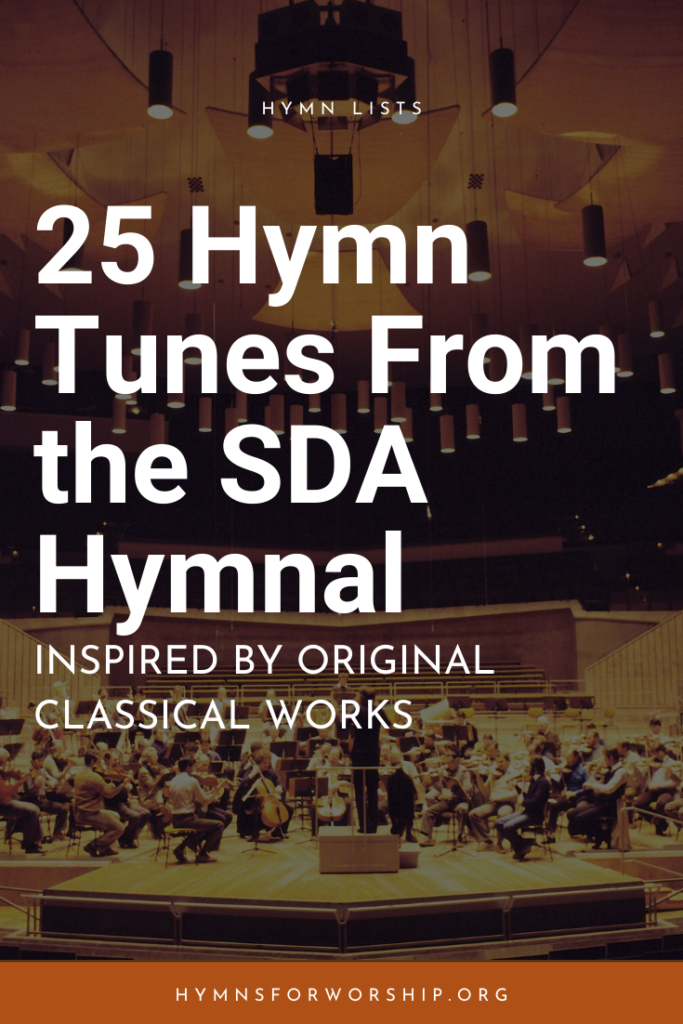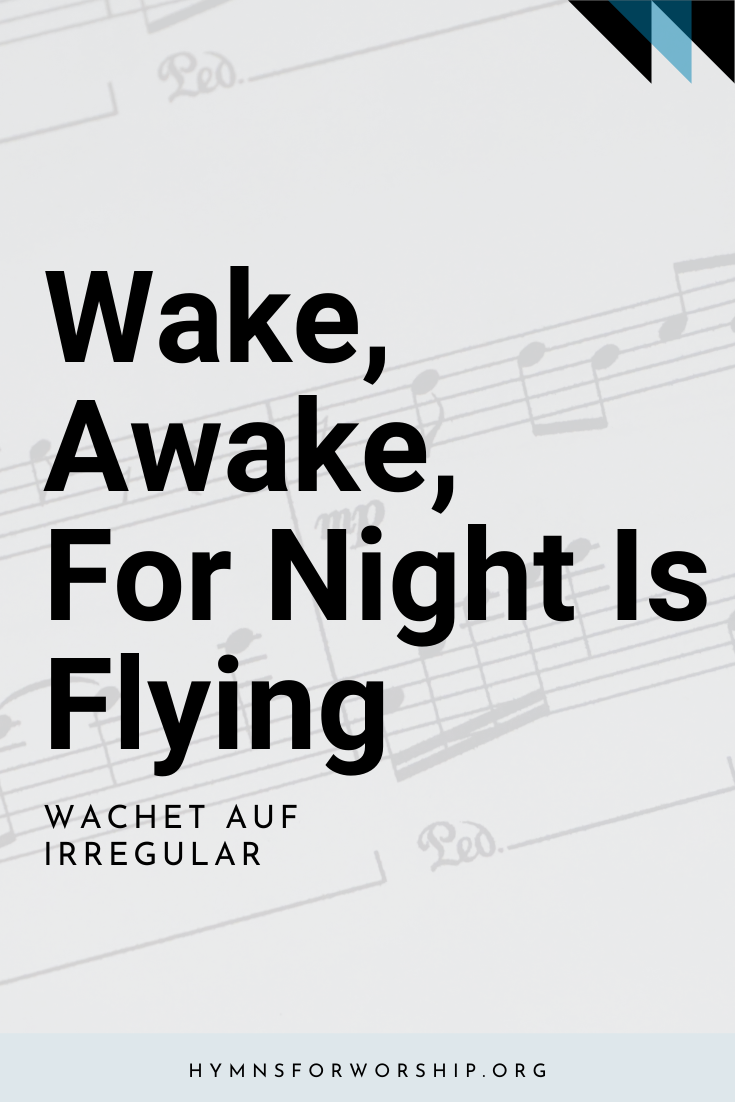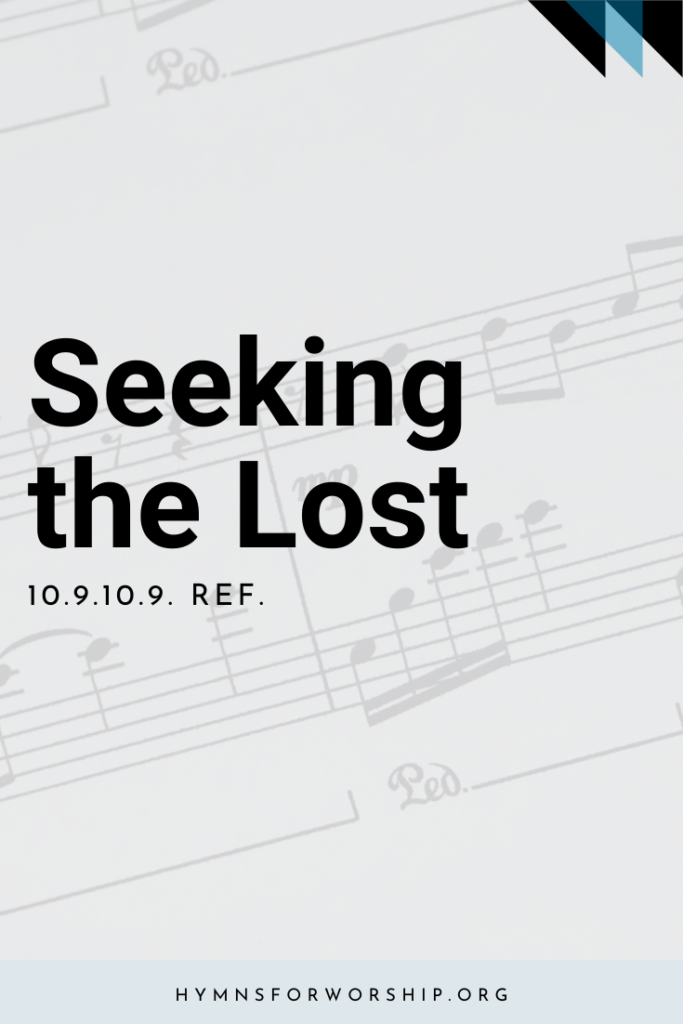JESUS CHRIST >> SECOND ADVENT
SDAH 210
Wake, awake, for night is flying,
The watchmen on the heights are crying,
Awake, Jerusalem, arise!
Midnight’s solemn hour is tolling,


Text
1
Wake, awake, for night is flying,
The watchmen on the heights are crying,
Awake, Jerusalem, arise!
Midnight’s solemn hour is tolling,
His chariot wheels are nearer rolling,
He comes; prepare, ye virgins wise.
Rise up with willing feet
Go forth, the Bridegroom meet; Alleluia!
Bear through the night your well-trimmed light,
Speed forth to join the marriage rite.
2
Zion hears the watchmen singing,
Her heart with deep delight is springing,
She wakes, she rises from her gloom;
Forth her Bridegroom comes, all-glorious,
In grace arrayed, by truth victorious;
Her Star is risen, her Light is come!
All hail, incarnate Lord,
Our crown, and our reward! Alleluia!
We haste along, in pomp and song,
And gladsome join the marriage throng.
3
Lamb of God, the heavens adore Thee,
And men and angels sing before Thee,
With harp and cymbal’s clearest tone.
By the pearly gates in wonder
We stand, and swell the voice of thunder,
That echoes round Thy dazzling throne.
No vision ever brought,
No ear hath ever caught,
Such bliss and joy;
We raise the song, we swell the throng,
To praise Thee ages all along.

Hymn Info
Biblical Reference
(a) Isa 21:12; Matt 25: 6, 7 (b) Ps 97:8 (c) Rev 21:21; 1 Cor 2:9
Author
Philip Nicolai (1556-1608)
Translator
Catherine Winkworth, 1858 (1827-1878)
Year Published
1599
Hymn Tune
WACHET AUF
Metrical Number
Irregular
Composer
Melody by Philip Nicolai, 1599
Harmonized
J.S. Bach (1685-1750)

Get the hymn sheet in other keys here
Recommended Reading
In a small town of Unna in Westphalia of northwestern Germany, more than 1,400 had already died. The local Lutheran preacher would occasionally officiate in about 30 funerals a day.
Face to face with the grim reality of death, this pastor tried to cope by lifting his thoughts above the gloom. His mind looked forward to that time when Christ will come and will give His people the gift of everlasting life. Death, then, will no longer have any hold on man.
Two years later, he wrote a hymn borne out of this experience.

The general idea when it comes to hymns is that there is a close bond between the author and the composer. That the author writes a hymn and the composer invents a tune to suit it, and then provides the harmony to accompany the tune. However, such wasn’t always the case.
Many hymns actually worked vice versa wherein authors would write verses according to existing tunes. Hundreds of hymns are sung from borrowed tunes, such as secular songs, chants, and even classical works. That being said, I went ahead and researched which hymns in the SDA Hymnal were originally classical works.

Notes
Make each hymn more meaningful with these helpful tools: Short, ready-to-use hymn introductions for church bulletins, multiple ways to introduce a hymn based on your worship theme and in-depth history and insights to enrich your song service.




